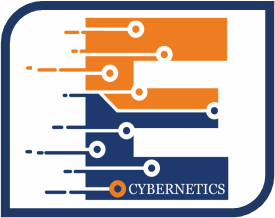THE ROLE OF BLOCKCHAIN TECHNOLOGIES IN FINANCIAL FLOW MODELING AND RISK MANAGEMENT IN BIOMEDICAL ENGINEERING
Анотація
A distributed database known as blockchain guarantees that information is stored in a structured
format consisting of interconnected blocks. Each block includes a collection of transactions
along with metadata, which features the hash of the preceding block, a timestamp, and a nonce (a
number utilized for hash creation). As a decentralized system, blockchain has copies of its database
stored across numerous computers (nodes) globally. This structure enhances the system's resistance
to failures and attacks, since modifying data necessitates control over a majority of the nodes. To
incorporate a new block into the chain, participants in the network must achieve consensus, which
can be accomplished through different algorithms like Proof of Work or Proof of Stake. These
methods validate legitimate transactions prior to their inclusion in the blockchain [1].
The potential of blockchain technology to revolutionize financial flow modeling is substantial,
as it enhances transparency, security, and efficiency in transactions. A significant benefit lies in
its decentralized and unchangeable storage, which preserves real-time records of every transaction,
thus diminishing the necessity for verification and improving regulatory oversight. This level of
transparency enables all participants in financial flows to access common information, thereby reducing
discrepancies and the need for reconciliation. Every transaction is linked to earlier ones and
timestamped, resulting in a clear audit trail that can be effortlessly monitored [1, 2].
In addition to promoting transparency, blockchain technology boosts security by utilizing
cryptographic techniques that safeguard transaction integrity and defend against tampering. A consensus
mechanism verifies each transaction, necessitating agreement among network participants
371
prior to its inclusion in the blockchain [2]. This process diminishes the likelihood of fraud and unauthorized
access, thereby enhancing the security of financial transactions.

